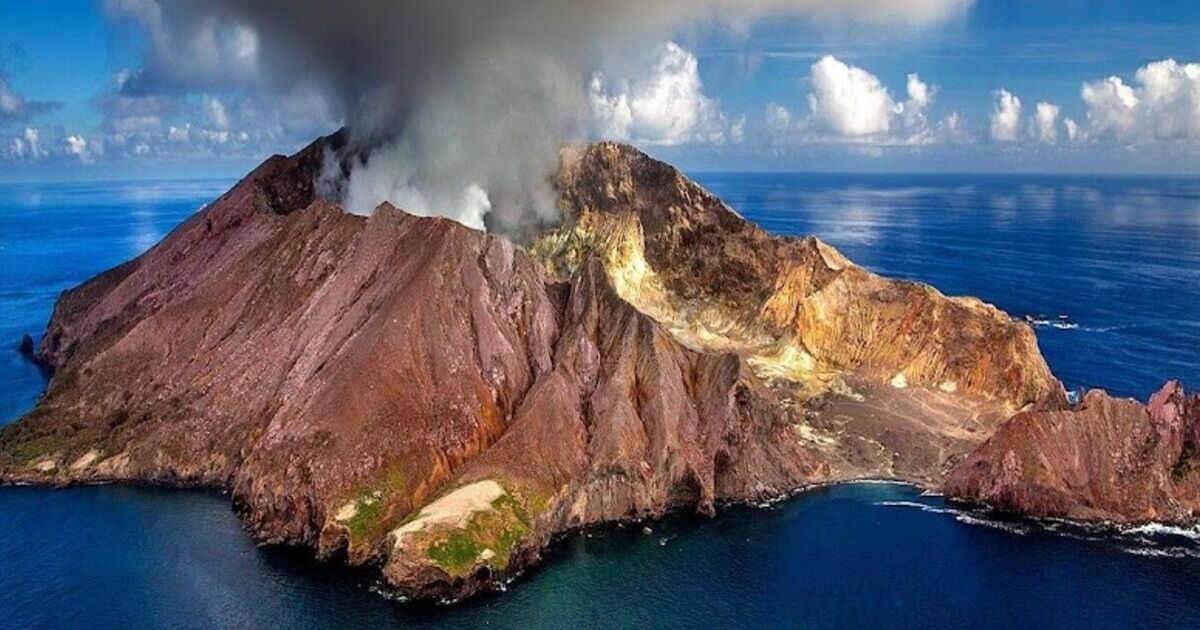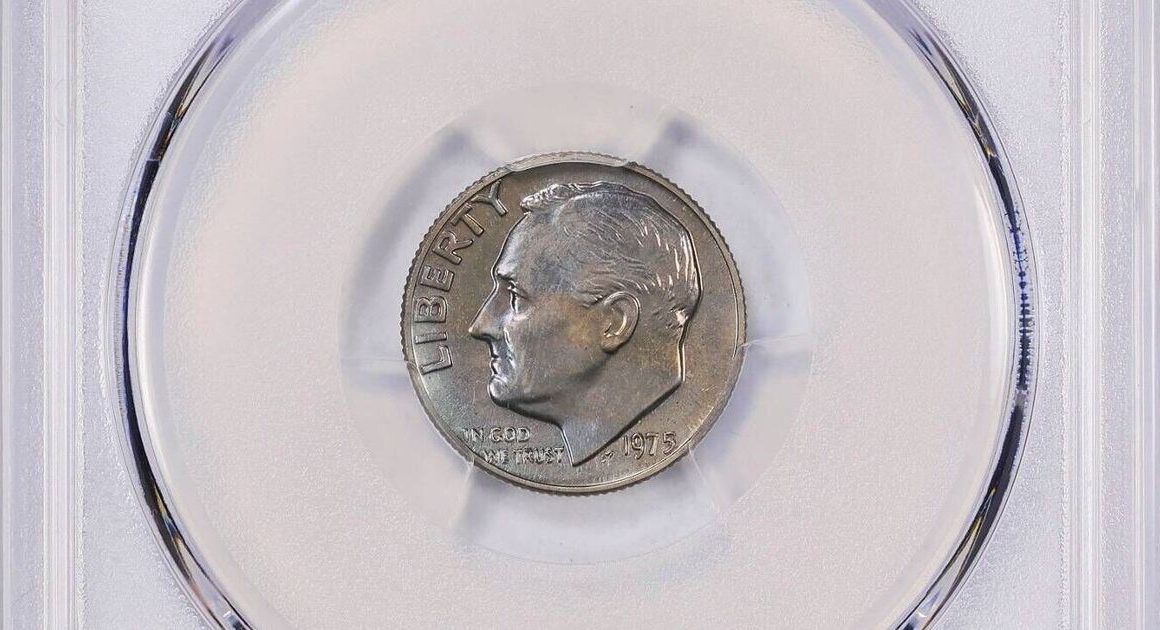New Zealand is a destination many of us dream of going to, even though it is located on the other side of the world.
Last year a whopping 3.2 million tourists visited, among them 1.3 Australians, as well as Brits, Americans and Chinese.
The country is famous for its breathtaking scenery and landscapes, which include the snow-capped Southern Alps and the pristine beaches of the Coromandel Peninsula.
One-third of the country is considered to be a protected national reserve, making it a haven for nature lovers from all around the globe.
One place that is definitely off-limits to visitors is the volcanic island of Whakaari, also known as White Island in English.
Originally named by Captain James Cook in 1769, the full Māori name is Te Puia o Whakaari – The Dramatic Volcano.
It is located in the Bay of Plenty, approximately 30 miles from the east coast of North Island.
The island spans roughly 803 acres of volcanic terrain, with rugged cliffs rising more than 1,000 feet from the sea.
Whakaari is currently New Zealand’s most active cone volcano. The cone has been built up by continuous volcanic activity over the past 150,000 years.
Most of the volcano is submerged under water, so what you can see is just the top section of it.
Between December 1975 and September 2000 the island was classified as being in eruption – the longest and largest historic episode of volcanic activity.
Explosive eruptions impacted the Main Crater floor with ballistic bombs and surges at times, while also emitting clouds of ash.
Despite the continuous volcanic activity, it was possible to take guided tours of the island.
However, that all changed after a massive eruption took the lives of 22 people on December 9 2019. A further 25 were injured.
The eruption removed the crater lake, formed new vents and generated landslides in the active crater area.
Today, you can only see the island on boat trips or plane tours. You can also catch glimpses of it from lookout points in Whakatāne on the North Island, which is about 30 miles away.











